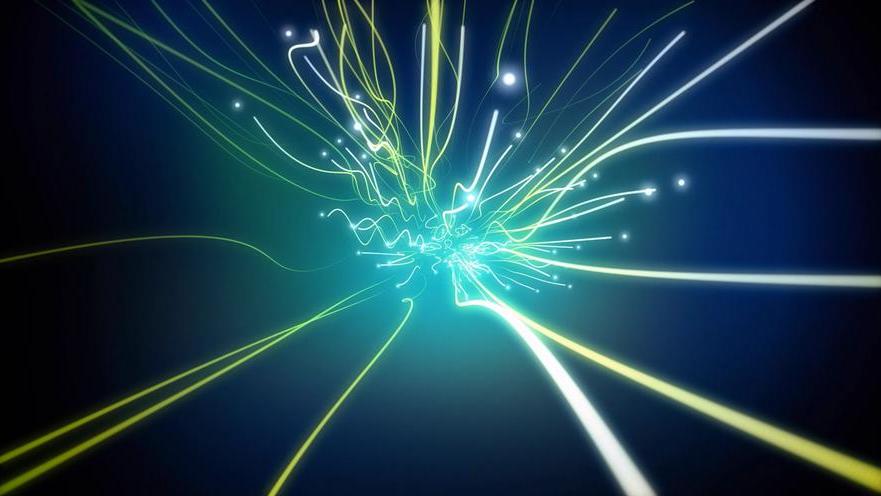

Plasmons are collective vibrations within a plasma that behave like a single particle, a "quasiparticle" that plays a key role in how metals reflect and absorb light, among other things.
Sixty-seven years after theoretical predictions, scientists in the United States and Japan discovered for the first time a particle called "demon" inside strontium ruthenate. The discovery may explain why certain materials are superconductors and help scientists search for new superconducting materials. Related papers were published in the journal Nature on the 9th.
The particle is a type of plasmon, created from charged particles called plasmas. Plasmas form when electrons "float" freely from atoms. Plasmons are collective vibrations within a plasma that behave like a single particle, a "quasiparticle" that plays a key role in how metals reflect and absorb light, among other things.
In 1956, American physicist David Pines first proposed a plasmon produced by two plasmas of different energies oscillating at different frequencies, calling it a "unique electron motion" or "demon". , and predicts that it will have a variety of properties: invisible to light, electrically neutral, behave like sound, etc. These features help reveal superconductivity, and how metal nanoparticles interact with light.
In the latest study, a team led by Peter Abbamont of the University of Illinois at Urbana-Champaign discovered the "demon" for the first time in a superconducting crystal called strontium ruthenate. To do this, they bounced electrons off the crystal and measured the energy they gained or lost with extremely high precision. They then used this tiny change in energy to calculate the momentum of the "demon" within the crystal, which was consistent with Pines' results. predictions are in good agreement.
The "demon" should also exist in many other metallic materials, Abbamonte said, as long as the metal has two sets of electrons of different energies vibrating at different frequencies, and many materials, including the high-temperature superconductor lanthanum hydride, have these feature.
This "demon" particle may also explain how superconductivity arises. The Nobel Prize-winning BCS theory (named after the three discoverers' initials) is a microscopic theory that explains the superconductivity of conventional superconductors. It states that electrons can pair up and move around with zero resistance. These pairs of electrons can pass through Sound quasiparticles "phonons" interact. But it has also been suggested that they can interact through "demonic" particles. Abbamonte said the latest research may suggest that this is the case.